Thang Long - Hanoi Heritage Conservation Center organizes the program "Thang Long's ancient Doan Ngo Festival" bearing the strong imprint of the royal Doan Ngo Festival.
On June 21 (the 4th day of the 5th lunar month), the Thang Long-Hanoi Heritage Conservation Center in collaboration with the Thang Long Cultural Heritage Association reenacted the offering ceremony, incense offering to the former emperors and the fan-giving ceremony. These are two of the four important Duan Ngo Festival ceremonies of the Le Trung Hung dynasty.
At the program, Associate Professor Dr. Tran Duc Cuong - President of the Vietnam Historical Science Association said that Tet Doan Ngo, also known as Tet Doan Duong, is usually held at noon, on the 5th day of the 5th lunar month every year. This is a traditional holiday of some East Asian countries.
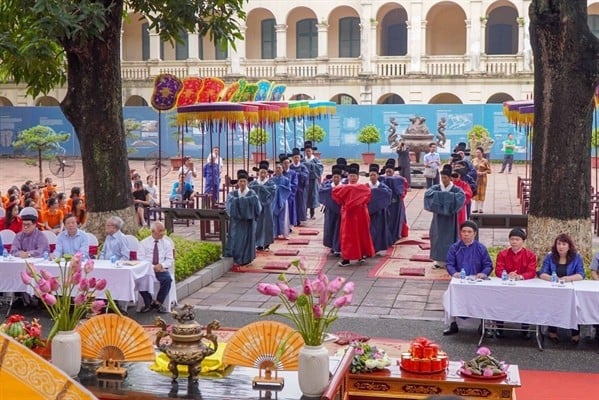 |
| Scene of the ancient Doan Ngo Festival at Thang Long Imperial Citadel. (Source: Van Hoa Newspaper) |
In traditional Vietnamese culture, Doan Ngo is considered one of the most important holidays. “Doan” means beginning, “Ngo” is the period from 11am to 1pm, eating Doan Ngo means eating at noon. Doan Ngo is when the sun is closest to the earth.
In Vietnam, Doan Ngo Festival is also known as “insect killing festival”. Simply put, this is the day to launch the insect catching campaign, to eliminate pests that harm crops. Therefore, in Vietnam, every May 5th, from the majestic and solemn royal palaces to the simple countryside, everyone happily celebrates the festival.
In the royal court, the Duanwu Festival was a regular ceremony, in which the emperor/king was mandated by heaven to perform a number of rituals such as worshiping the previous emperors, showing filial piety to his parents, holding banquets and giving fans to civil and military mandarins, with the wish to bestow blessings, health, and peace to all families.
The Duanwu Festival took place during hot weather, and fans were essential cooling devices, so in addition to the banquet, the king also gave out fans.
Fans were given to royal family members, civil and military mandarins, soldiers, servants, eunuchs... and were also presented to temples of literature and martial arts. The grace of giving fans showed special care and concern for the people with the humanistic meaning of bestowing "Blessings, Health, Peace".
In addition to folk customs, the Duanwu Festival also has very unique customs such as offering summer products to ancestors, using food to "kill insects" in the body, picking leaves to make traditional medicine at noon, wearing amulets and five-colored threads, using leaves to dye fingernails and toenails, wearing hijab, applying realgar wine to children, hanging the zodiac animal from mugwort, and examining trees...
Vietnam is a hot country, and May is the hot season, creating favorable conditions for insects and bacteria to develop, damaging crops and seriously affecting human health.
Therefore, people have to find ways to fight the heat and prevent diseases through food, drinks, and utensils. This good custom has entered the Vietnamese literary treasure.
The Doan Ngo Festival program at Thang Long Imperial Citadel includes two main activities: displaying and experiencing rituals along with a sparkling, ancient "check-in" space.
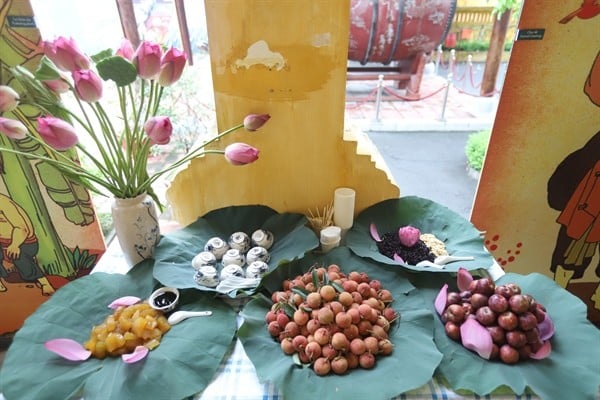 |
| Offering tray for the Dragon Boat Festival presented by culinary artist Anh Tuyet. (Source: Culture Newspaper) |
The royal palace rituals during the Duanwu Festival of the Le Dynasty were for the first time systematically, vividly and realistically interpreted by the Exhibition Center through a system of panels and paintings, especially the reconstruction of the solemn and respectful royal court space, with the majestic emperor sitting on the dragon throne holding court, writing poems on fans and awarding fans to officials.
In addition, the annual traditional Doan Ngo Festival exhibition area with unique customs of the ancient Thang Long citadel people such as the custom of wearing scented bags, tying five-color thread, applying realgar to children, the custom of picking medicinal leaves at noon, the custom of tying wormwood in the shape of zodiac animals, etc. is still maintained through the re-enactment of miniature images of Hang Quat, Hang Mun, and Hang Thuoc streets.
Source






![[Photo] Colorful Mid-Autumn Festival in Hanoi's Old Quarter](https://vphoto.vietnam.vn/thumb/1200x675/vietnam/resource/IMAGE/2025/10/2/08ab35901a8f4a41af7f1ba1ef35380e)





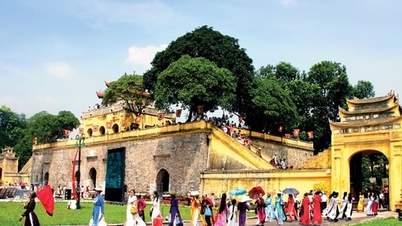

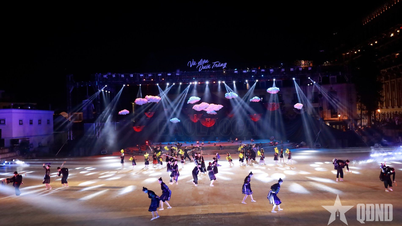

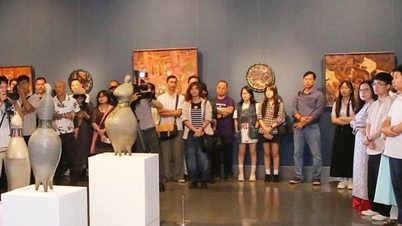
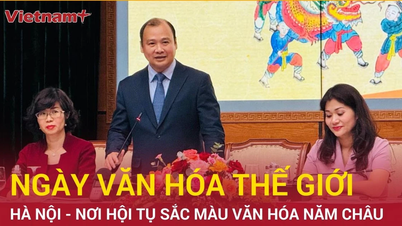

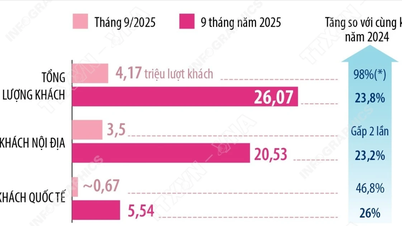
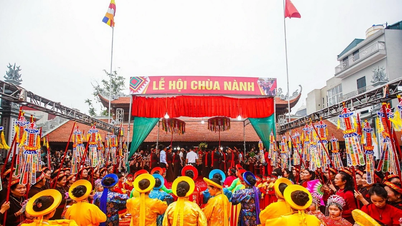
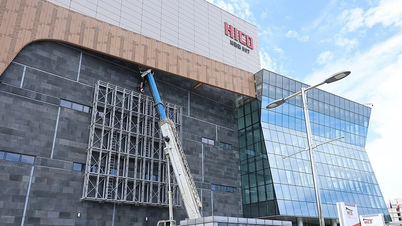


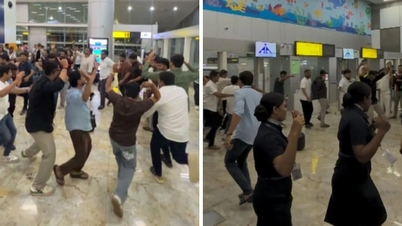

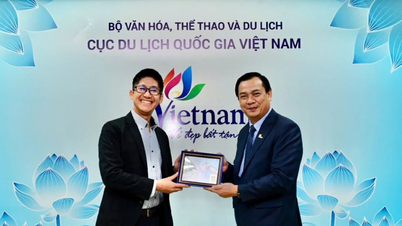





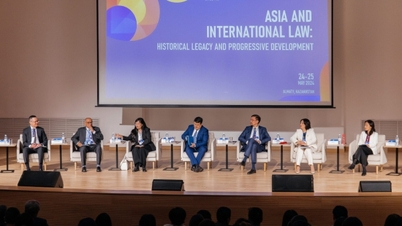
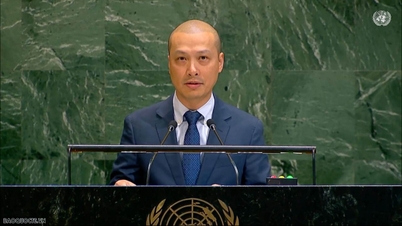
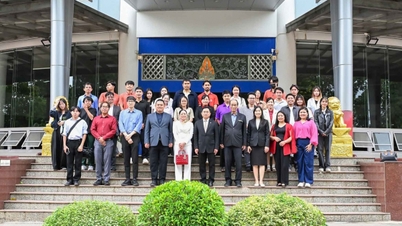

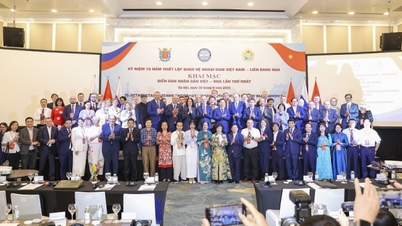
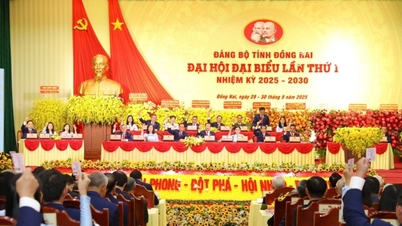































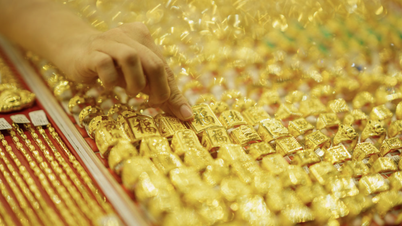




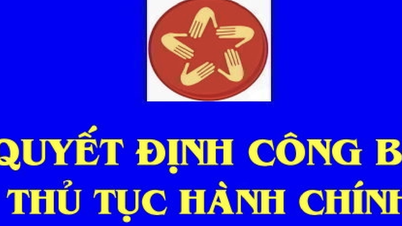
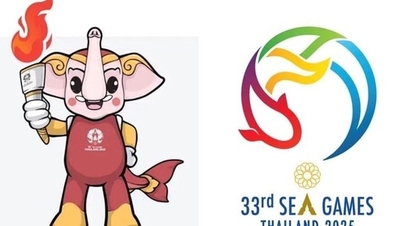






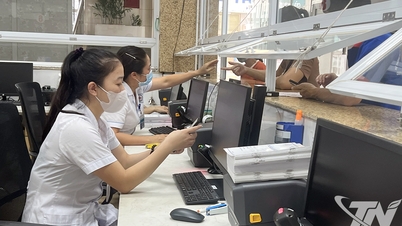

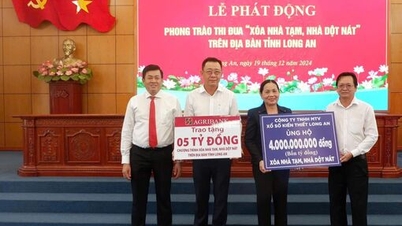















Comment (0)